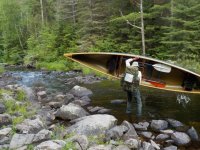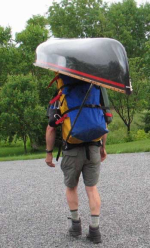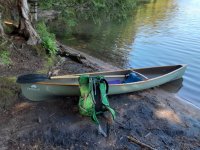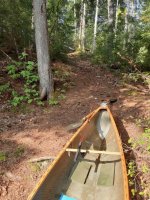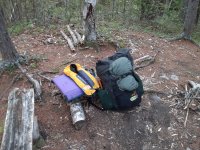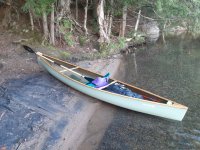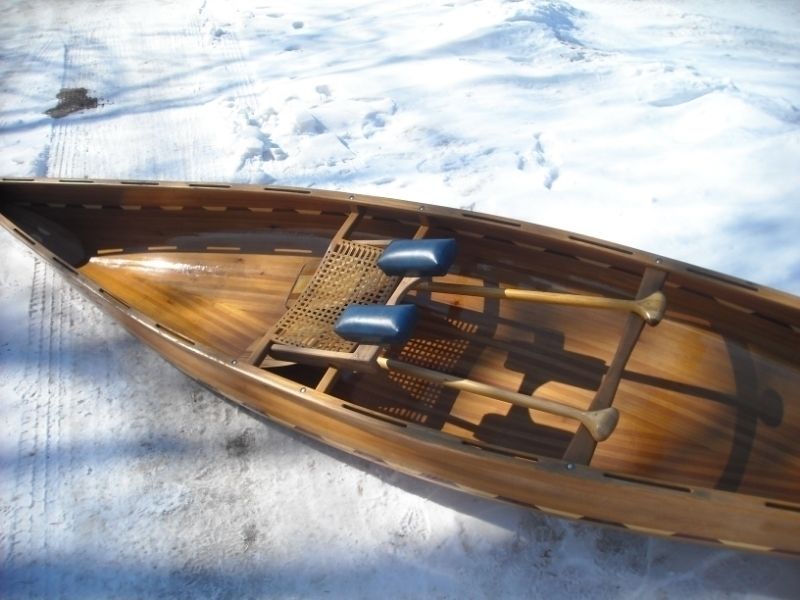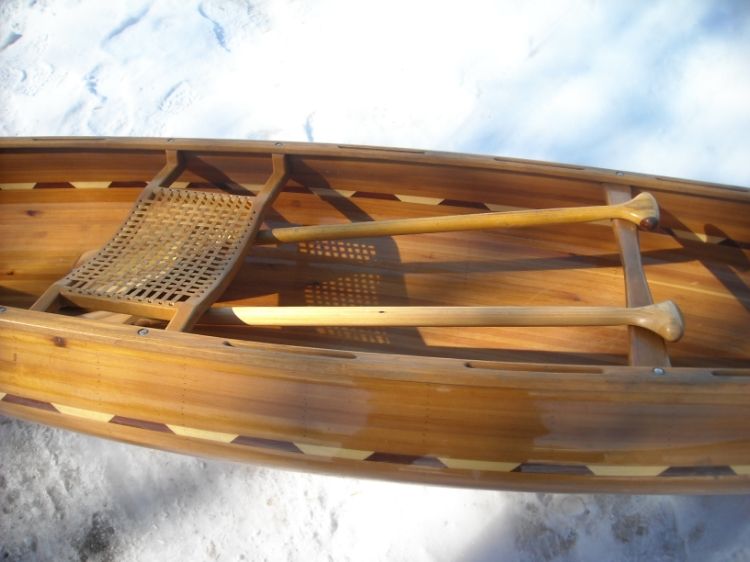- Joined
- Oct 11, 2020
- Messages
- 222
- Reaction score
- 166
This topic is directed to members that single trip carry their canoe and equipment across portages while wilderness canoe camping or are interested in doing so. I am not interested in debating the advantages or disadvantages but I would like to explore the challenges and solutions encountered by others.
I enjoy the journey more than the destination while wilderness camping. I allow for weather related layover days but prefer to stay on the move. I like to travel and camp efficiently and prefer to single carry my canoe and equipment across portages.
Food is the most challenging item for me to address with regard to one trip portaging. My equipment requirements are relatively constant, the equipment I require for 1 night is the same or similar to what I require for multiple nights and therefore the pack size and weight stay relatively constant. However, food requirements increase as the days increase and I find food to be the most challenging to select and efficiently pack.
I separate items into 3 areas for transporting, my canoe including canoe related items, my backpack including camp related items and my food pack including food related items. I take lightweight compact equipment and modify it if necessary for efficient packing. I rig the canoe, backpack and food pack for quick easy transitions from water to land and for comfortable carry across the portage.
One technique I find beneficial is rigging the canoe so that I can quickly secure my paddles and PFD's to it. I use nylon cord with cord locks to secure the paddles to the thwarts and the PFD's under the seats. It is important that the location of my attached equipment does not adversely affect the balance of the canoe while being carried. My goal is to transport the canoe and all my equipment and food across the portage in one trip so attaching items to the canoe is an option. I distribute the weight of my canoe, backpack and food pack to manageable levels.
I enjoy the journey more than the destination while wilderness camping. I allow for weather related layover days but prefer to stay on the move. I like to travel and camp efficiently and prefer to single carry my canoe and equipment across portages.
Food is the most challenging item for me to address with regard to one trip portaging. My equipment requirements are relatively constant, the equipment I require for 1 night is the same or similar to what I require for multiple nights and therefore the pack size and weight stay relatively constant. However, food requirements increase as the days increase and I find food to be the most challenging to select and efficiently pack.
I separate items into 3 areas for transporting, my canoe including canoe related items, my backpack including camp related items and my food pack including food related items. I take lightweight compact equipment and modify it if necessary for efficient packing. I rig the canoe, backpack and food pack for quick easy transitions from water to land and for comfortable carry across the portage.
One technique I find beneficial is rigging the canoe so that I can quickly secure my paddles and PFD's to it. I use nylon cord with cord locks to secure the paddles to the thwarts and the PFD's under the seats. It is important that the location of my attached equipment does not adversely affect the balance of the canoe while being carried. My goal is to transport the canoe and all my equipment and food across the portage in one trip so attaching items to the canoe is an option. I distribute the weight of my canoe, backpack and food pack to manageable levels.

